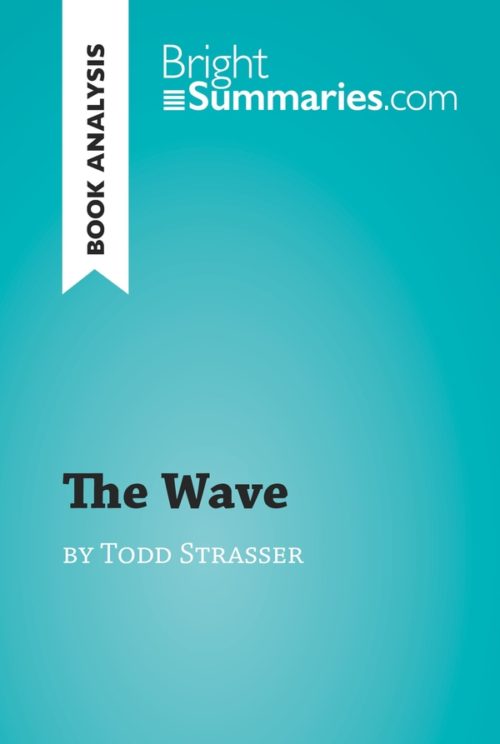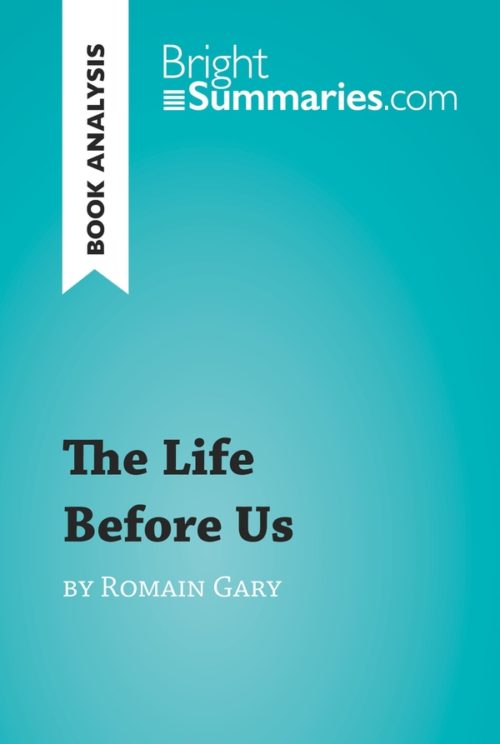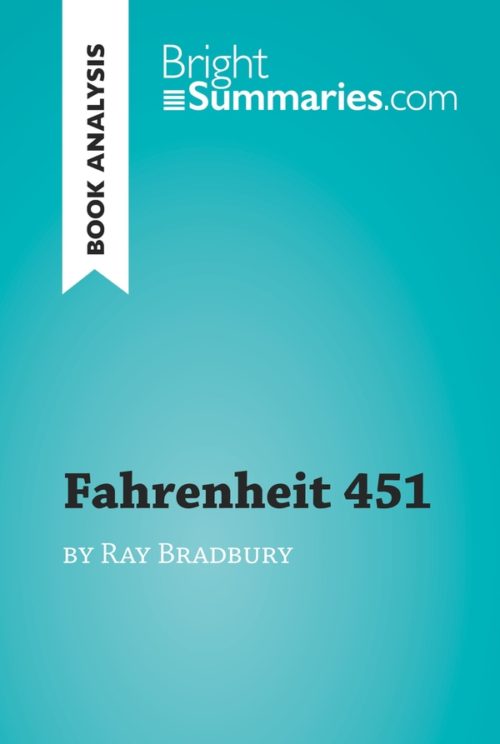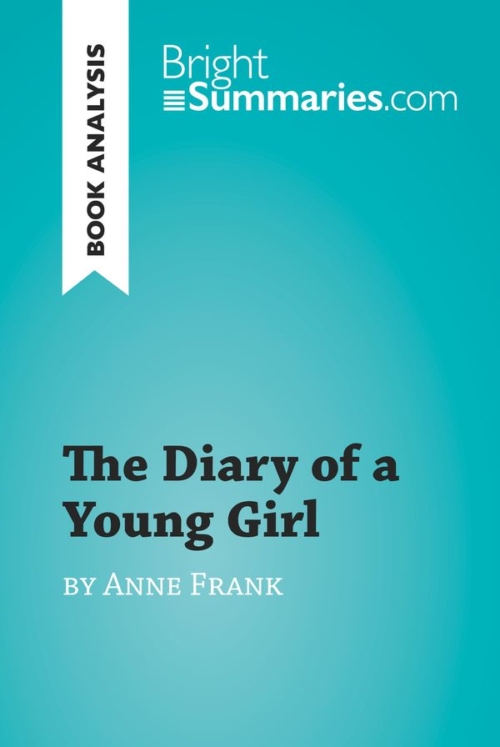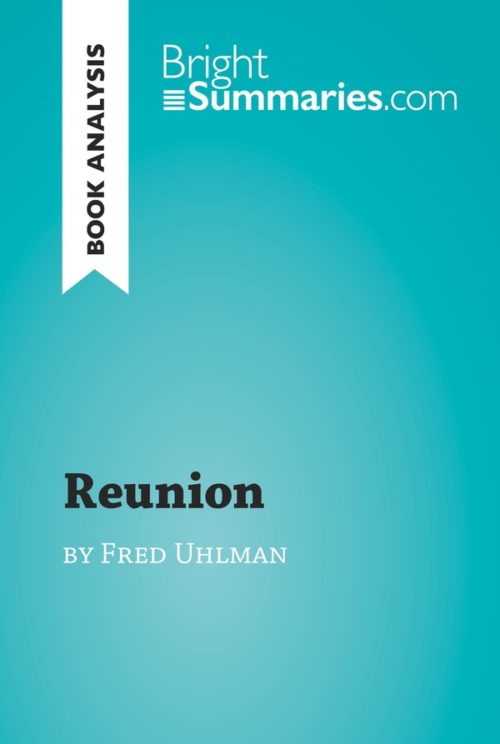Endgame by Samuel Beckett (Book Analysis)
Endgame by Samuel Beckett (Book Analysis)
Detailed Summary, Analysis and Reading Guide
Read more
This practical and insightful reading guide offers a complete summary and analysis of Endgame by Samuel Beckett. It provides a thorough exploration of the play’s plot, characters and main themes, as well as a useful introduction to the Theater of the Absurd. The clear and concise style makes for easy understanding, providing the perfect opportunity to improve your literary knowledge in no time.
This clear and detailed 27-page reading guide is structured as follows:
- Biography of Samuel Beckett
- Presentation of Endgame
- Summary of Endgame
- Character study
- Hamm and Clov
- Nagg and Nell
- Analysis of Endgame
- A very dark play
- A theatrical revolution
- The Absurd
About Endgame
Endgame is a one-act play by the Irish author Samuel Beckett, first performed in 1957. It was initially written in French, before being translated into English by Beckett himself. It centers around four characters, who are physically diminished and who live together in a shelter in a post-apocalyptic world. Like Beckett’s earlier play, Waiting for Godot, Endgame stands out for its apparent lack of action: no significant events take place, and the characters find no meaning in their lives. In this way, Beckett broke with the conventions of traditional theater, and his play has given rise to a wide range of interpretations.
About Samuel Beckett
Samurl Beckett was an Irish novelist, poet and playwright, although he spent much of his life in Paris and wrote many of his major works in French. He was one of the leading figures of the Theater of the Absurd, a type of theater which uses very black humor to depict the meaninglessness of human existence and the decline of modern man. His best-known works include the novel Molloy and the plays Waiting for Godot and Endgame. He won the Nobel Prize in Literature in 1969, and was one of the most original and influential authors of the 20th century. He died in 1989, at the age of 83.
Product details
| ISBN | 9782806276407 |
|---|---|
| Publisher | Plurilingua Publishing |
| Collection | BrightSummaries.com |
| Format | |
| Pages | 27 |
| File size | 1.4 MB |


